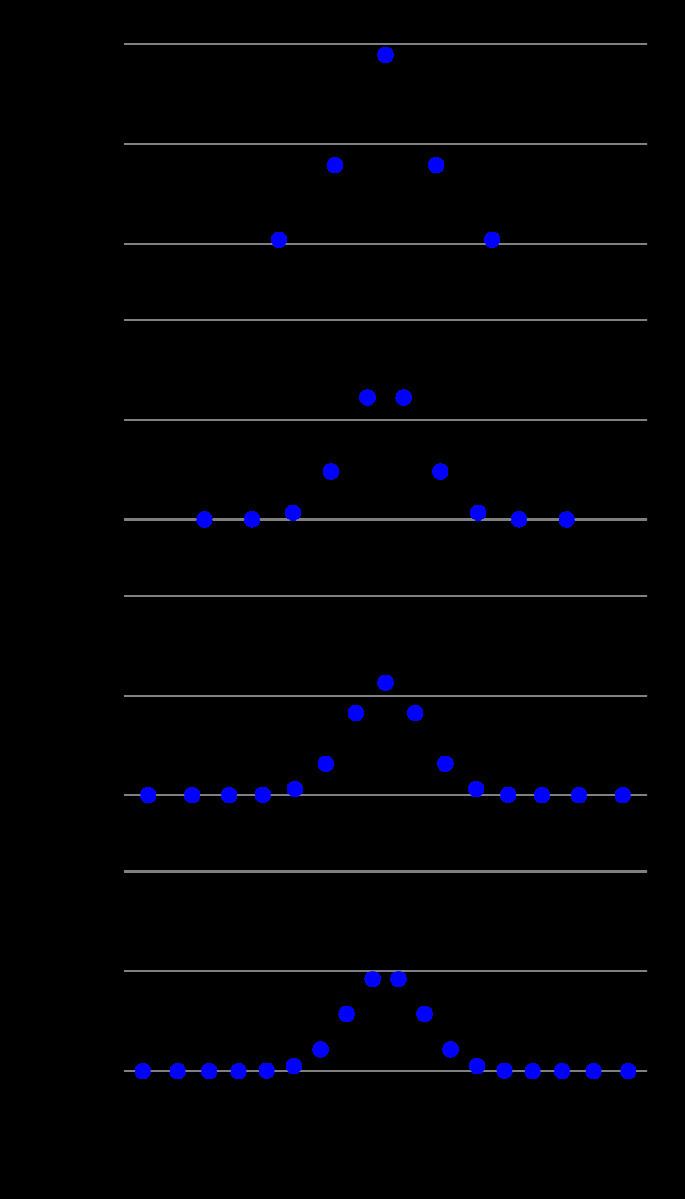 | ||
In numerical analysis, Gauss–Hermite quadrature is a form of Gaussian quadrature for approximating the value of integrals of the following kind:
In this case
where n is the number of sample points used. The xi are the roots of the physicists' version of the Hermite polynomial Hn(x) (i = 1,2,...,n), and the associated weights wi are given by
Example with change of variable
Let's consider a function h(y), where the variable y is Normally distributed:
As this doesn't exactly correspond to the Hermite polynomial, we need to change variables:
Coupled with the integration by substitution, we obtain:
leading to:
